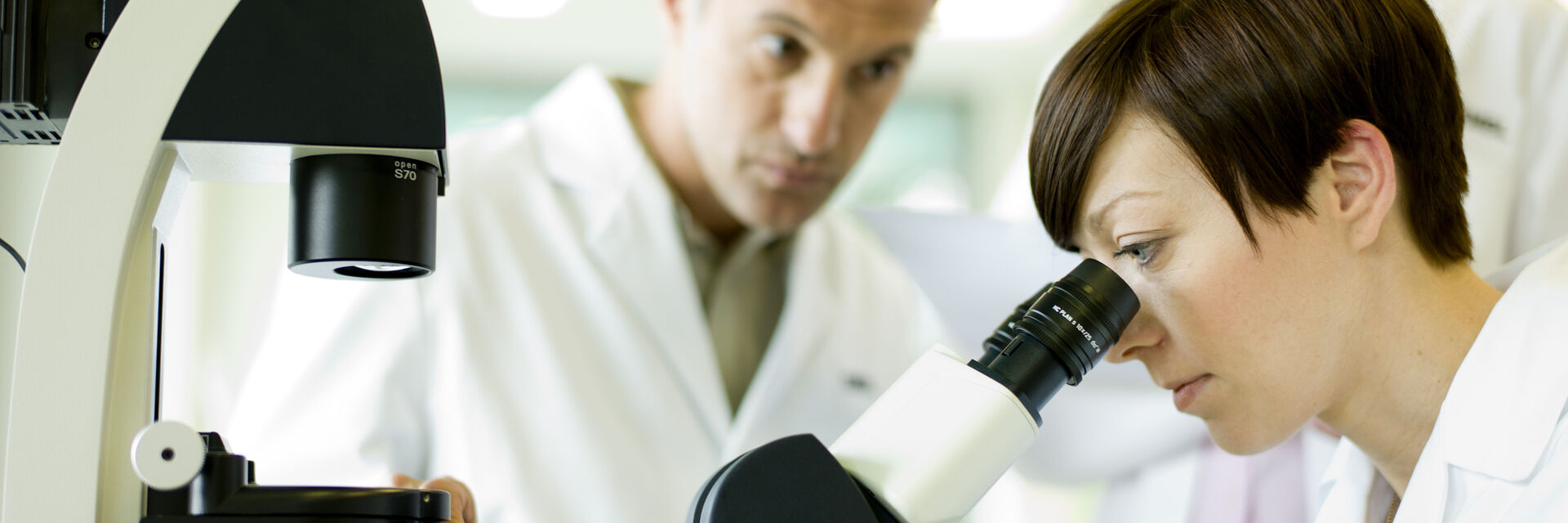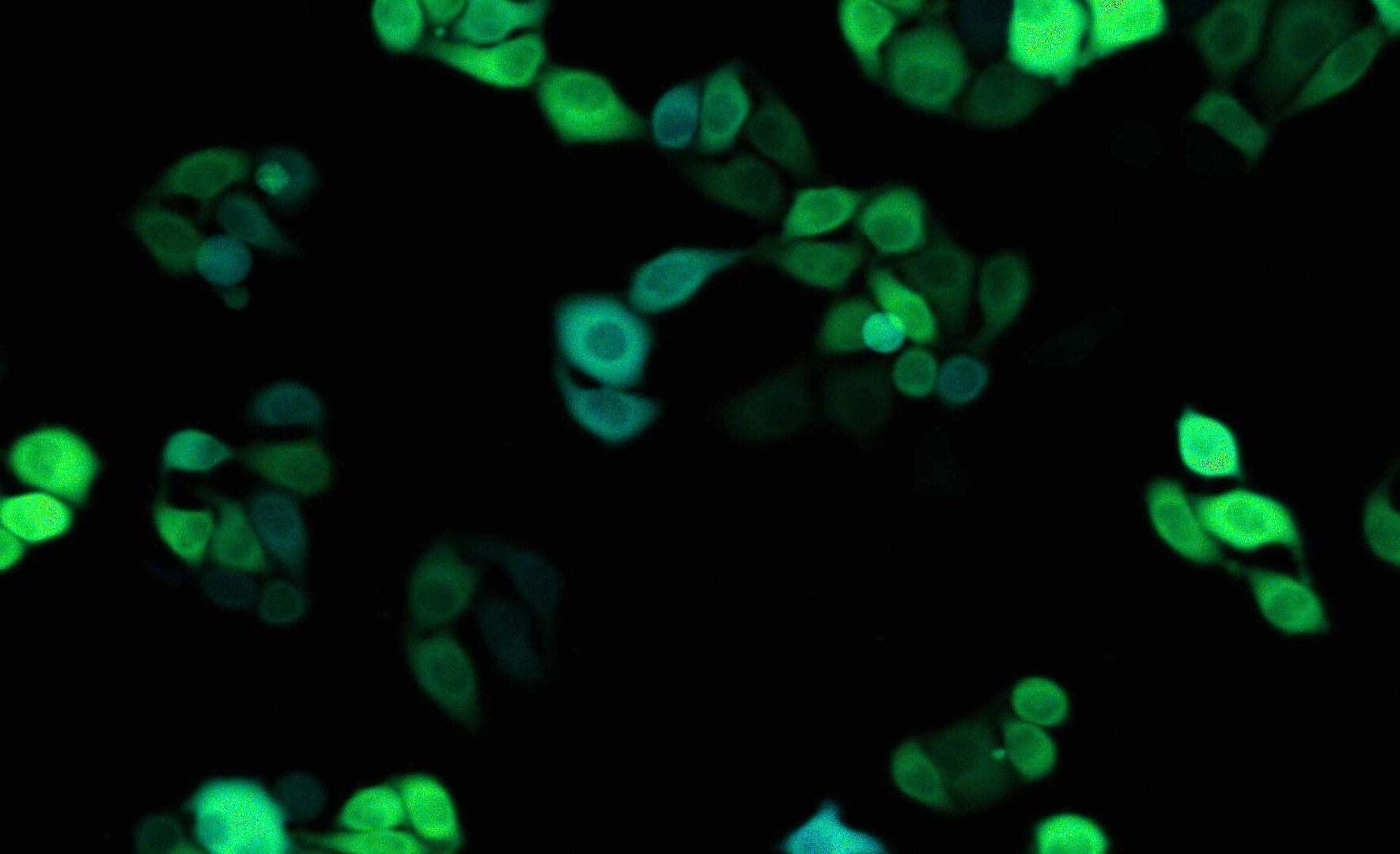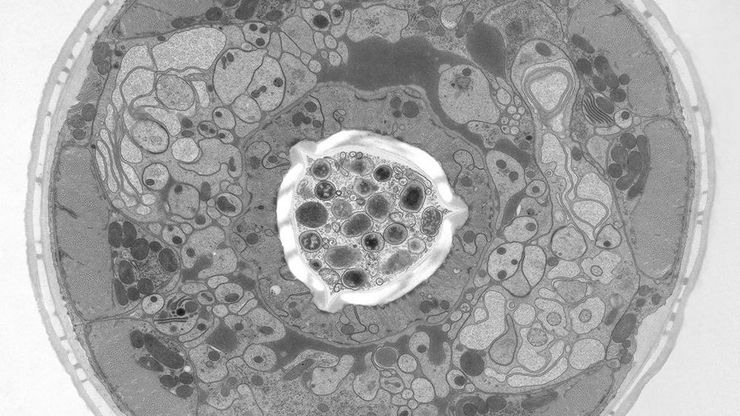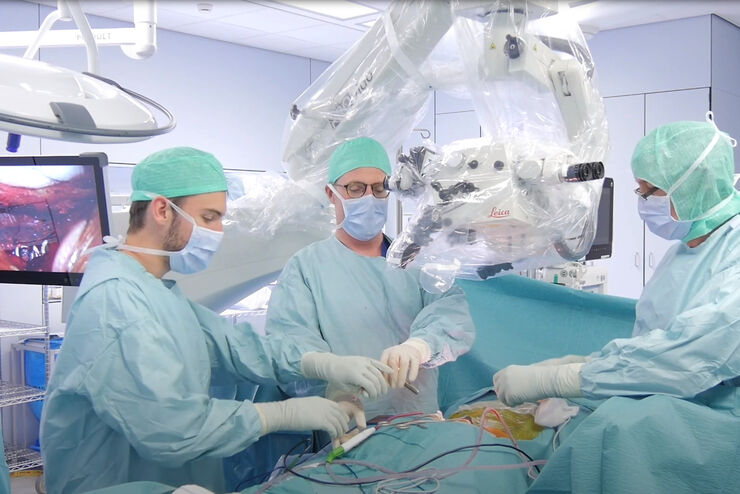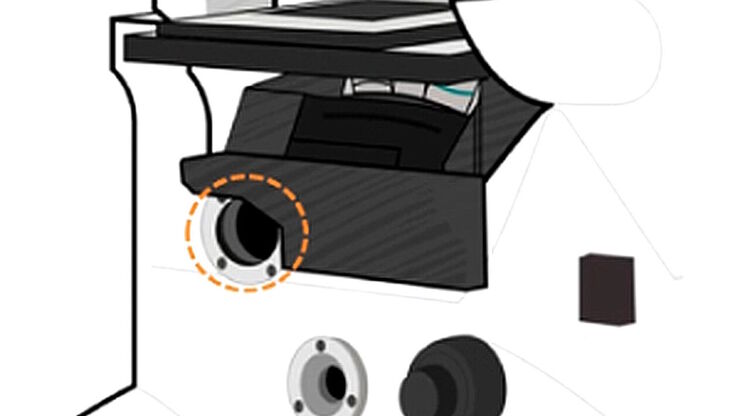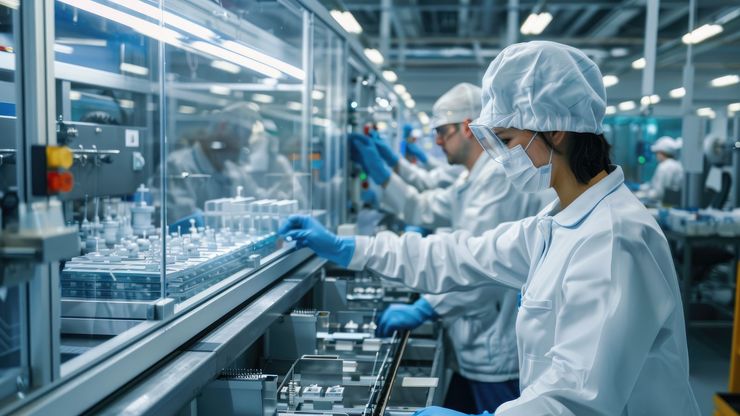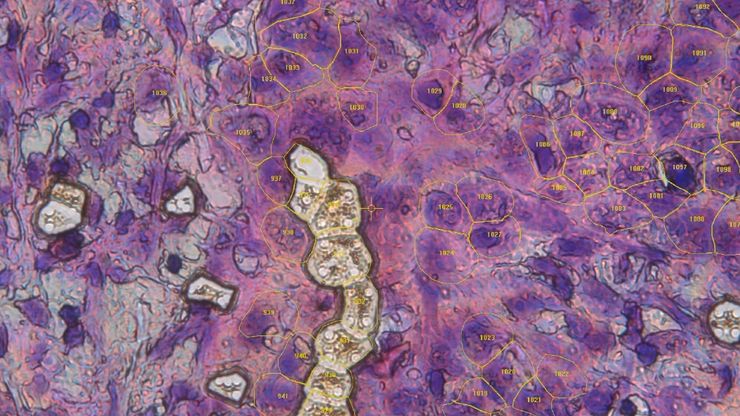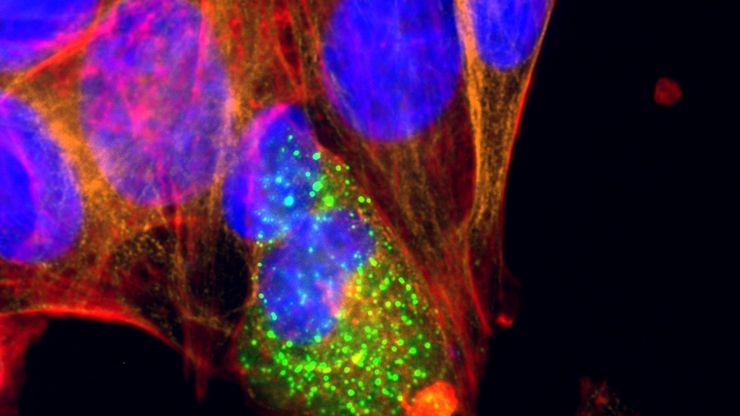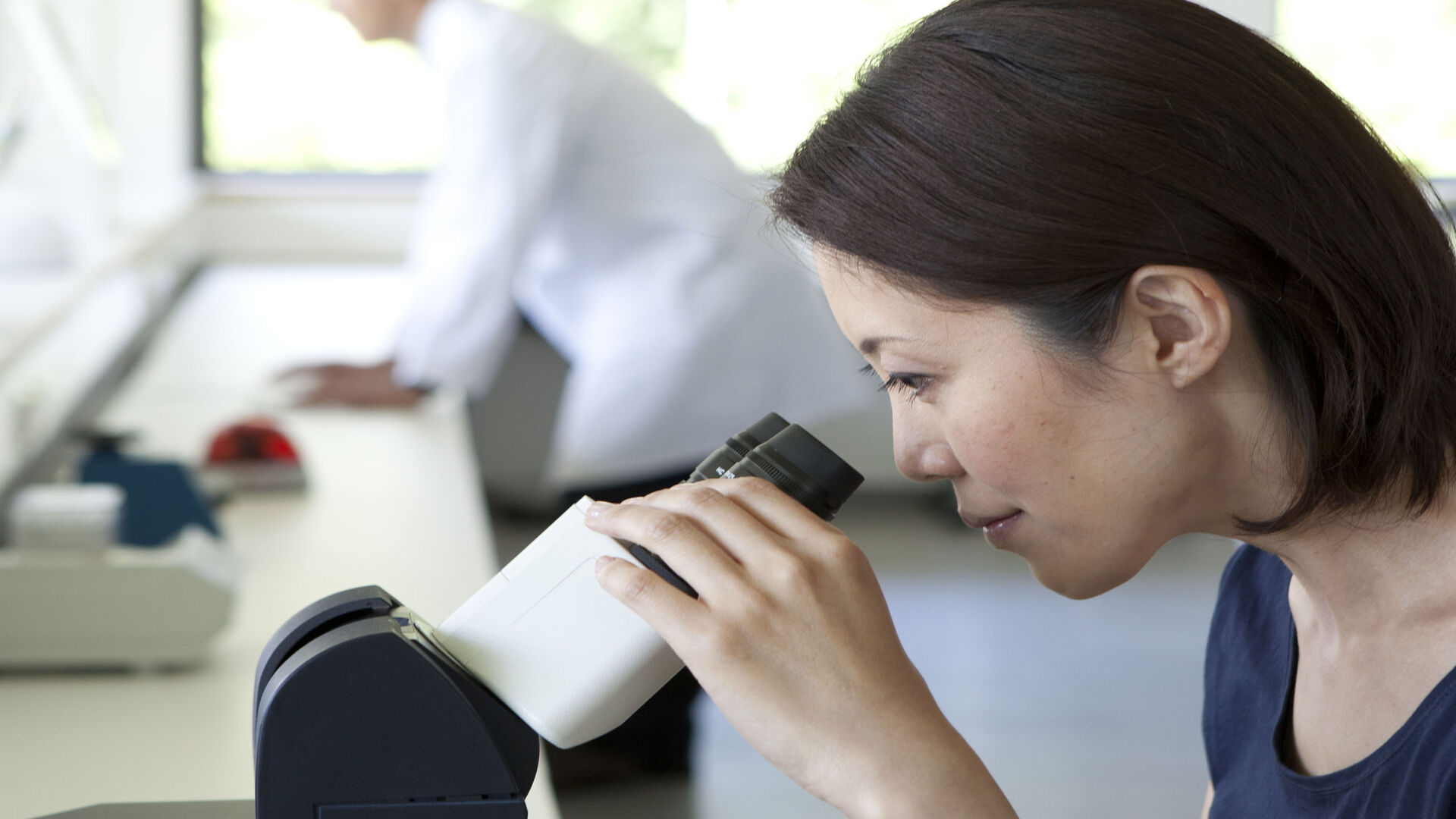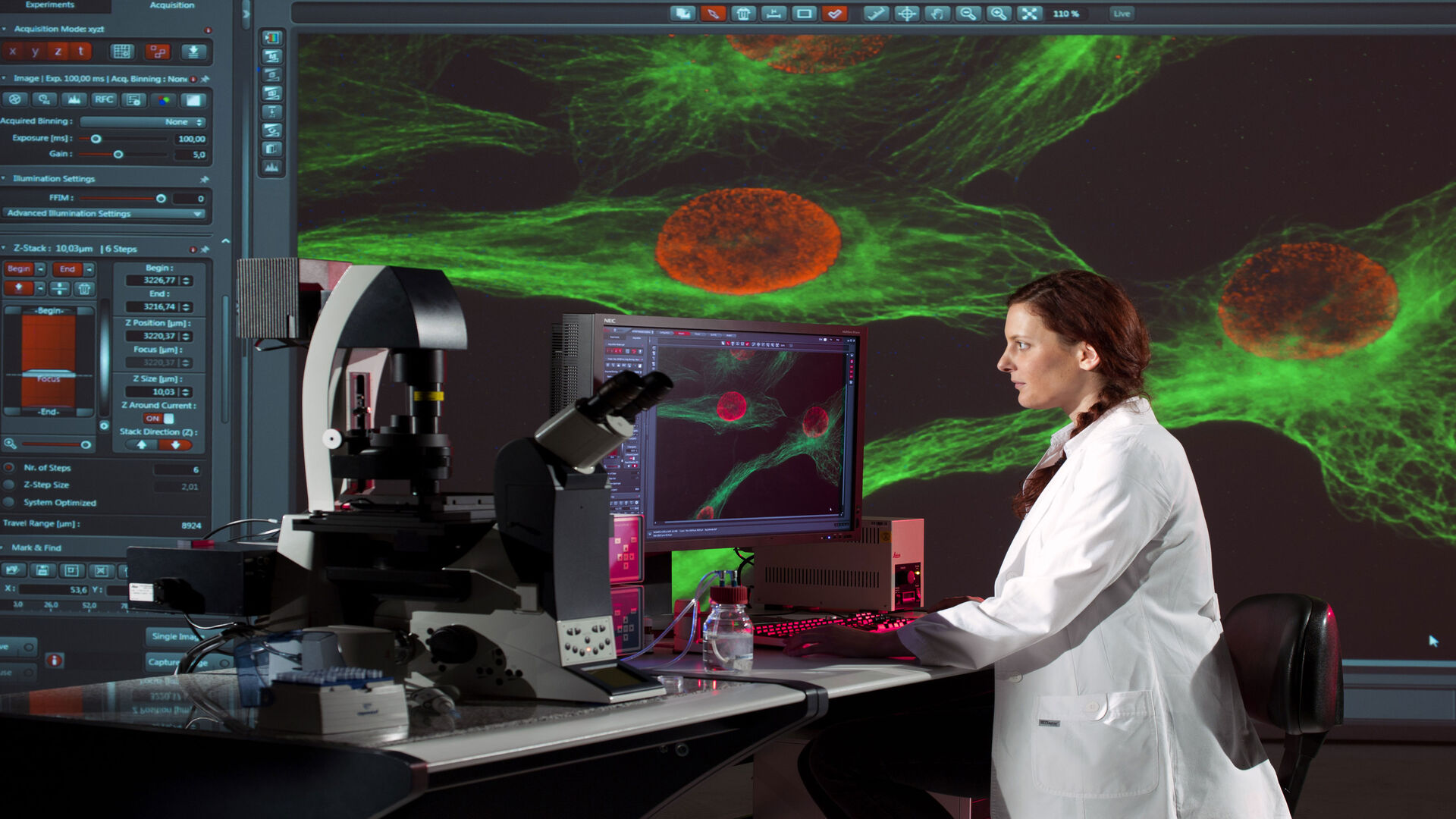请联系我们,获取满足您的需求和预算的合适的倒置显微镜的专业建议。
您的应用是什么?
根据您的应用需求确定最适合的倒置显微镜。 一些倒置复合显微镜和倒置荧光显微镜比其他显微镜更能满足特定应用的需求。 徕卡倒置显微镜采用模块化设计,可为特定应用定制解决方案。
需要查看哪些类型的样本?
无论是观察生命科学研究中的样本,例如细胞或组织,还是材料生产和分析,徕卡倒置显微镜解决方案都能提供所需的光学分辨率、对比度和图像质量。 此外,利用倒置显微镜配件(如物镜、照明系统和数码相机)以及 Leica Application Suite 软件,可以进一步定制和优化解决方案,以满足特定应用需求。
倒置显微镜的预算是多少?
定制倒置显微镜的成本可能更高,但可以提高生产效率。 由于部件和配件种类繁多,倒置显微镜几乎可以针对任何应用进行优化。
- 与正置相比,自由度更高。 由于样本位于物镜上方,因此,工作距离更大,可对大型和重型样本进行成像。
- 倒置显微镜更容易观察细胞和组织培养物,因为细胞下沉或粘附在透明培养皿或烧瓶的底部(注满水溶液)。 由于需要水浸物镜,因此很难从上方使用直立显微镜看到很多东西。
- 可以在更短时间内查看更多样本。 只需将样本放在载物台上,聚焦表面一次,然后对其成像。 所有其他样本的焦距保持不变。
- 物镜撞入样本的风险要小得多。 由于物镜位于载物台下方,因此,这个事实有助于极大降低物镜撞入样本的风险。
- 节省样本制备的时间和成本。 只需制备样本的一侧,即可更轻松地对大型样本成像。
有关详情,请参阅科学实验室文章:
工业应用中倒置显微镜相比正置显微镜的五个优点
倒置显微镜常见问题解答
使用倒置显微镜,可以从下方观察样本,因为它们的光学器件放置在样本台下方。 这与从上方观察样本的正置显微镜相反。 倒置显微镜通常用于在生命科学研究中观察细胞和组织培养物,因为细胞沉降或粘附在装满水溶液(生长培养基)的透明培养皿或烧瓶的底部,而从上面无法看到很多细胞和培养物。 倒置显微镜在材料应用中也越来越受欢迎。 有关详情,请参阅科学实验室文章:
徕卡倒置显微镜采用模块化设计,以最适合指定需求或应用的配置交付。 如果以后需要改变,可以通过添加可用配件来升级工作站。
徕卡显微系统公司提供免费的 Store & Recall 软件(适用于工业 LAS X 软件平台),可以根据每个用户的要求和需求来定制显微镜功能。 使用该软件,还能够恢复随采集的图像一起保存的所有系统设置。
我们所有的编码显微镜解决方案都提供校准和图像对比。 此外,徕卡显微系统公司提供免费的 Store & Recall 软件(适用于工业 LAS X 软件平台),支持恢复随采集的图像一起保存的所有系统设置。
不用。 通过安装 FLEXACAM C1 摄像头,可以直接将图像保存在 IT 网络服务器或 USB 媒体上。 还可以通过网络使用电子邮件发送图像,无需使用 PC。
使用 FLEXACAM C1 摄像头,可以直接将图像保存在 IT 网络服务器或 USB 媒体上。 也可以通过电子邮件发送图像,而无需使用计算机。
有很多配件。 请联系当地的徕卡销售代表。
徕卡显微镜有很多符合人体工程学的配件。 请联系当地的徕卡销售代表,了解详细信息或访问: 用于体视显微镜的人体工程学配件
LAS X 软件只能在 Windows 系统上运行,但对于 MAC 系统,我们提供了一个名为 Leica Acquire 的专用软件,可以从 Apple 商店免费下载:https://apps.apple.com/it/app/leica-acquire/id733706983?mt=12
不过,没有用于 Linux 的软件。
是的,可以使用第三方软件:https://www.splashtop.com/classroom
我们为所有兼容 C-mount 的相机提供适配器。
